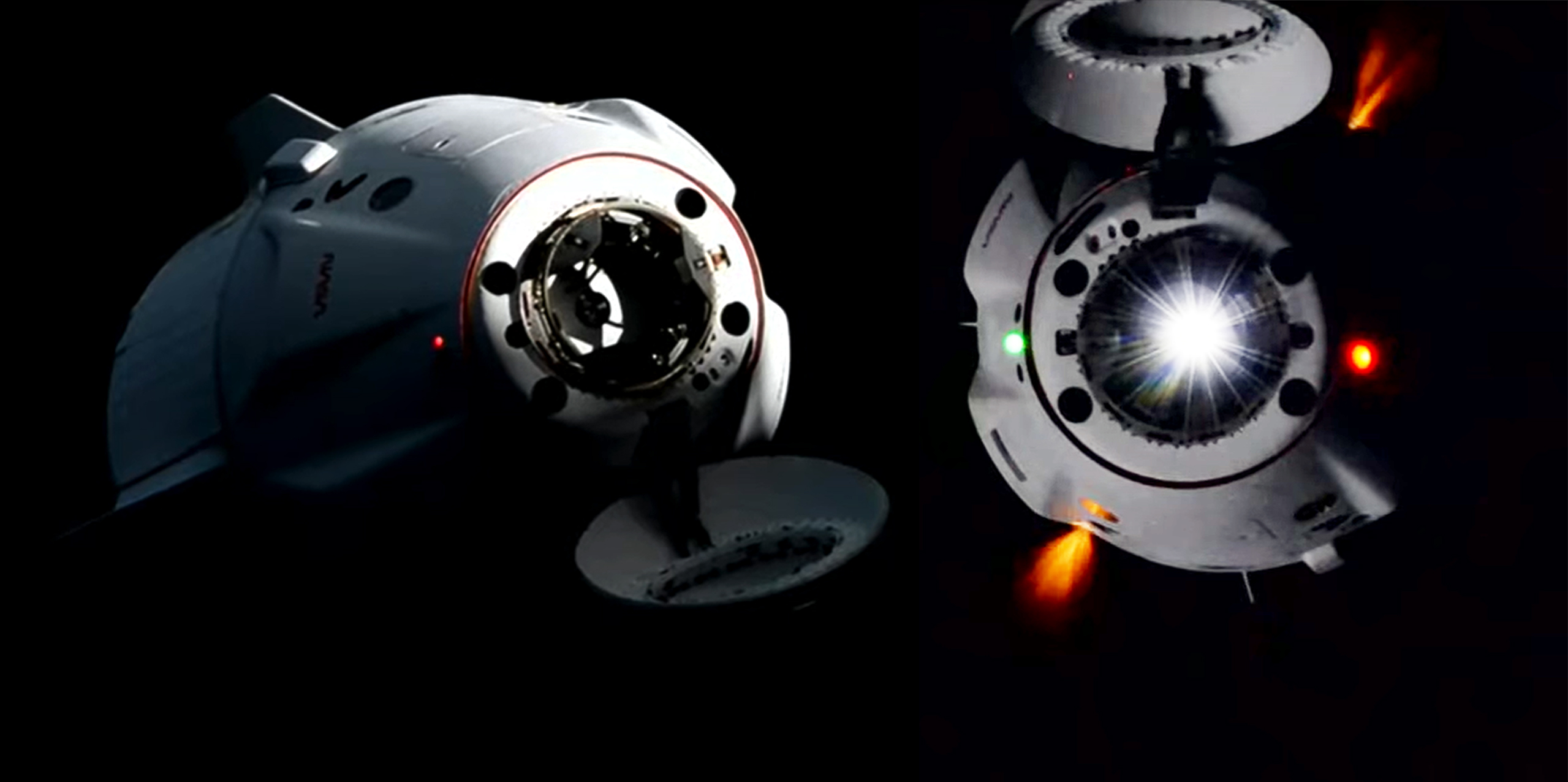The SpaceX Dragon delivery ship has been so dependable that we seldom have to mention it, but the spacecraft has had a rare problem that will cause a scheduled resupply trip to be delayed. According to NASA, the vessel scheduled to launch this weekend has a fuel leak, therefore everything has been put on hold as the two investigate. According to NASA, the fault was discovered as Dragon was being readied for the CRS-25 cargo trip to the International Space Station (ISS) last weekend.
To avoid additional leaks, the crew withdrew both the fuel and the oxidizer from the system after finding increased vapor readings of mono-methyl hydrazine (MMH) propellant. Following a review of the situation this week, all sides concluded that delaying the launch would be wise. Unfortunately, putting a patch on the ship and launching it into space isn’t an option. The crew doesn’t know where the leak is right now, and even if they do, they’ll have to make sure it’s not a symptom of a system breakdown that may endanger the ship or the ISS.
Despite the fact that Dragon would be without a crew, it would stay docked at the station for many days, stocked with enough fuel to return to Earth. Dragon initially flew freight to the International Space Station around ten years ago, at a period when the Space Shuttle had just been decommissioned. Dragon, like the first stage of the Falcon 9 rocket that sent it into orbit, is reusable. This design has helped SpaceX in lowering launch costs and securing longer NASA launch contracts.
The Crew Dragon, which is currently NASA’s sole option to reach the International Space Station, is based on the Dragon. Boeing’s Starliner will also carry a crew to the ISS in the future, although it has just recently completed the test trip that it bungled in 2019.
For the time being, neither NASA nor SpaceX have said when CRS-25 will be rescheduled, but the ISS crew will be OK. The payload consists mostly of scientific equipment, such as the Earth Surface Mineral Dust Source Investigation, or EMIT, which will examine the composition and pattern of dust moving from dry areas to the rest of the world. A Stanford test bed will also be there to assist the team in exploring the process of generating a concrete substitute known as biopolymer soil composite.
Source: ExtremeTech




